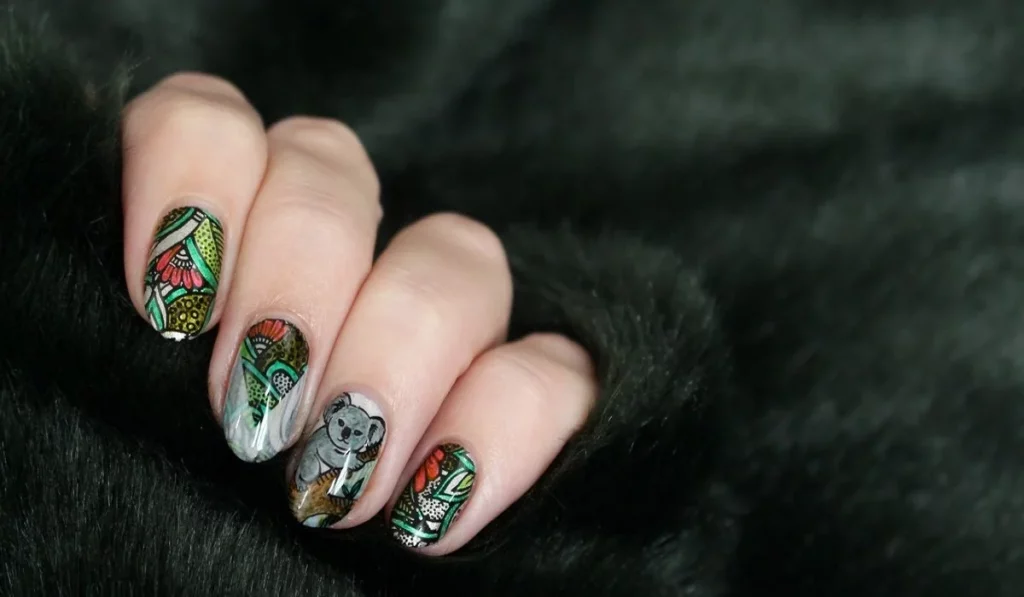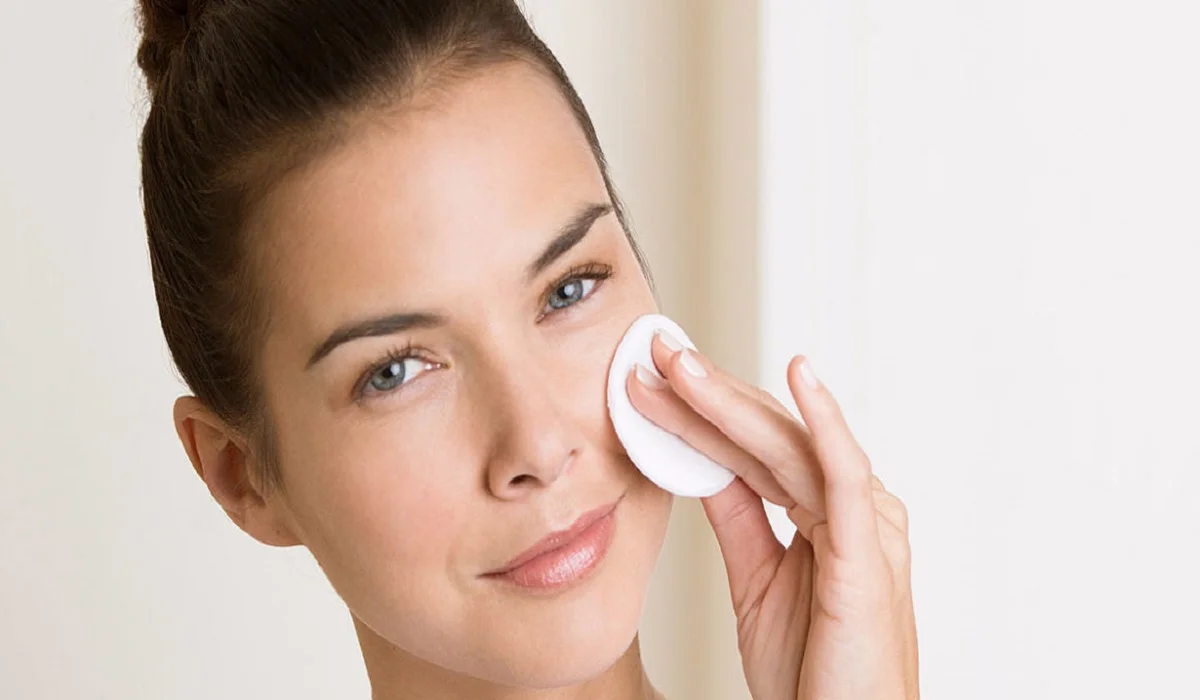Nail stamping is not just a beauty trend; it’s an art form that allows for personalized, intricate nail designs that were once only achievable by seasoned nail artists. Whether you’re a seasoned nail artist or a beginner, this guide will walk you through the essentials of nail stamping, ensuring your next manicure stands out.

Understanding Nail Stamps
Nail stamps are innovative tools designed to transfer designs from etched plates to your nails, creating detailed and precise nail art. The key components include the stamping plate, stamper, scraper, and stamping polish. Stamping plates are made from metal or plastic and feature engraved designs. Stampers, typically made from silicone, pick up the polish from these designs. The scraper removes excess polish from the plate, ensuring a clean transfer.
Types of Nail Stamps
- Clear Silicone Stampers: Allow for precise placement of the design on the nail, thanks to their see-through base.
- Rubber Stampers: Offer a bit more resistance, suitable for thicker polishes or more intricate designs.
Preparation for Nail Stamping
Preparing your nails is crucial for a flawless finish. Start with clean, shaped nails, and apply a base coat to protect your natural nails and enhance polish adherence. Choose a smooth, flat surface for your work area, and lay out all your tools within easy reach.
Selecting Your Design
When selecting a design, consider the size of your nails and the complexity of the design. Beginners may find simpler designs easier to work with, while more experienced users can explore intricate patterns and layered looks.
Choosing the Right Nail Polish for Stamping
The success of nail stamping heavily relies on the polish used. Stamping polishes are specifically formulated to be thick and highly pigmented, ensuring a crisp, opaque design. While not all regular polishes work for stamping, metallic and cream polishes often yield good results due to their pigmentation and consistency.
Tips for Color Selection
- Contrast is Key: Choose colors that stand out against your base polish for maximum impact.
- Experiment: Mix and match different polish finishes, like matte or glitter, for unique effects.
Step-by-Step Guide to Nail Stamping
- Applying Polish to the Plate: Dab a small amount of polish onto the desired design on your stamping plate.
- Scraping: Hold the scraper at a 45-degree angle and firmly scrape across the design to remove excess polish.
- Transferring the Design: Press the stamper onto the plate with a quick, rolling motion to pick up the design.
- Stamping onto Your Nail: Align the stamper above your nail and roll it across the surface to transfer the design.
Advanced Techniques
As you become more comfortable with the basics of nail stamping, explore advanced techniques to elevate your nail art.
- Layering Designs: Combine multiple stamps on a single nail to create depth and complexity.
- Ombre Effects: Use two or more polishes on the stamping plate and blend them slightly with a scraper to achieve an ombre effect.
Troubleshooting Common Issues
- Incomplete Transfers: Ensure your stamper is clean and not overly dry. A quick roll rather than a stamp may help pick up the entire design.
- Smudging: Allow the stamped design to dry slightly before applying a top coat. Use a slow, careful application to avoid dragging the design.

Aftercare and Maintenance
Extend the longevity of your stamped nails by applying a clear top coat to seal in the design. For maintenance, clean your stamping plate and tools with nail polish remover after each use. Avoid using acetone on silicone stampers, as it can cause them to deteriorate.
How long do nail stamped designs last?
With proper application and aftercare, including a quality top coat, nail stamped designs can last as long as a traditional manicure, typically around one to two weeks.
Can nail stamps be used on artificial nails?
Absolutely! Nail stamps can be used on both natural and artificial nails. Just ensure the artificial nails are properly prepped and the surface is smooth for stamping.
How can I remove nail stamping polish?
Nail stamping polish can be removed with regular nail polish remover. However, for long-lasting designs sealed with a gel top coat, you might need a gel polish remover or acetone.
Nail stamping opens up a world of creativity and personal expression right at your fingertips. With practice, you can achieve salon-quality designs from the comfort of your home. Embrace the learning curve, and don’t be afraid to experiment with different techniques and styles. Happy stamping!








